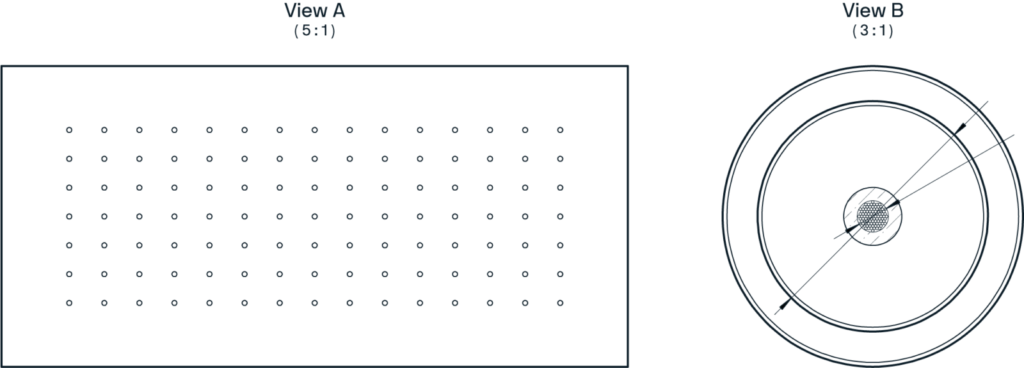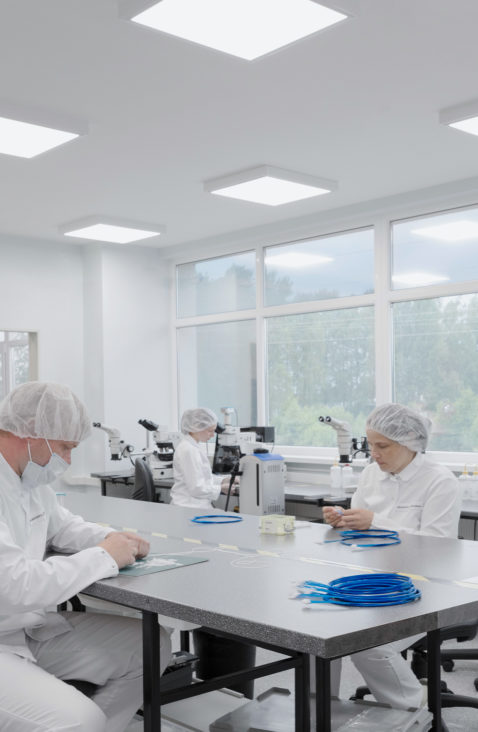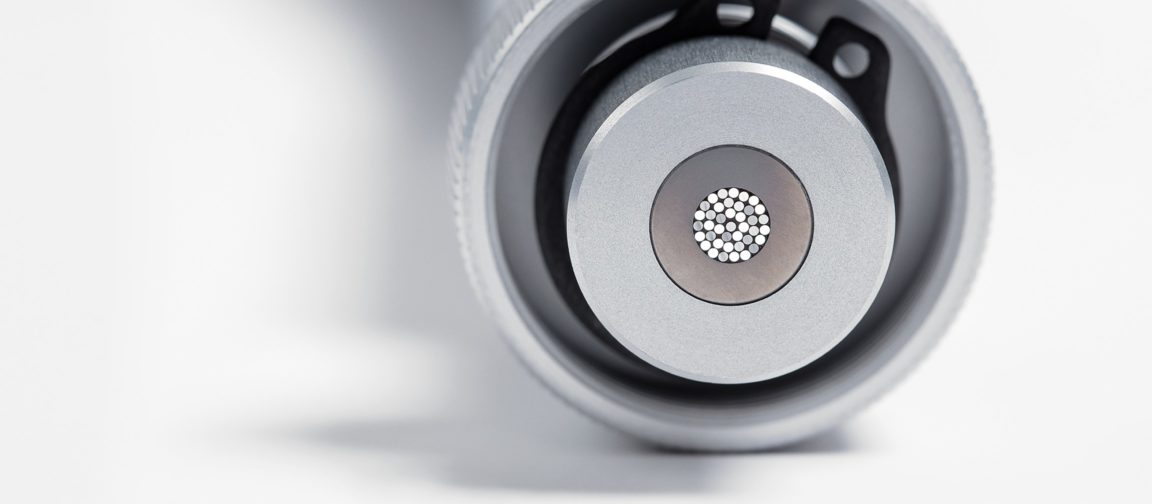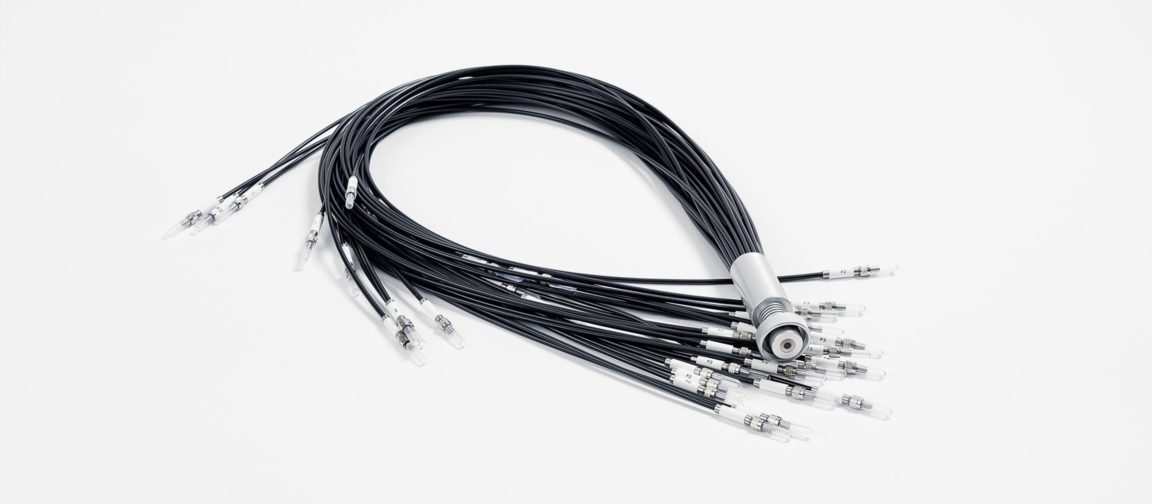Fiber assemblies for light and laser delivery



Fiber assemblies opens countless applications to meet requests to deliver light from a source to an optical bench or from a source to an operating area, where a different job can then be done with the light. Aside from of fiber cables (where single fiber is used), there are a number of fiber bundle configurations or finishes (typically ranging from two up to a couple thousand fibers per assembly) are used for light delivery, including:
- Light splitters
- Light combiners
- V-groove assemblies
- Fiber matrix assemblies
Using an optical light splitter, light from a single input can be split into any necessary number of outputs, from 2 up to 1000. The simplest fiber optical light splitter is a bundle with one common end at the input side and two outputs. Fibers at the common end are randomized—fibers are specially arranged, ensuring that fibers that go to each output are evenly distributed from across the active diameter of the input. Randomization ensures that energy from the input will be equally distributed at each output, with only a couple of percentage points of difference.
Common end fibers can be divided into customized segments too, if requested by the customer. In this way, light from the input can be split asymmetrically, e.g. 30% / 70%, 60% / 40%, etc.
In the sketch below you can see the construction of a typical bifurcated light splitter, and in the bottom-left corner of the sketch you can see the randomization and segmentation samples.

It is possible to use same construction assemblies in the opposite direction—to use multiple inputs to combine light at common output. There are several main purposes for combiners, including:
- using a number of light sources in order to increase total output
- mixing different wavelengths of light at the output
- the delivery of different wavelengths of light can be utilized at a single output
The next picture shows a fiber assembly with 297 fibers mounted in matrix (a fiber array), with a fiber matrix dimension of 10 x 20 mm and a distance between individual fibers of 0.5 mm

The silica/silica step-index multi-mode fibers we produce and utilize in our fiber assembly manufacturing processes can be used for:
- UV-VIS
- VIS-NIR
- UV-VIS-NIR
Our team will help you select the best fiber for the wavelengths you need, allowing you to specify the fiber structure and used materials, the thickness of the F-doped reflecting cladding, and the numerical aperture (NA) of the fiber, all in line with the special conditions and requirements of your application.
Lightguide is a vertically integrated company, which gives you the freedom to create assembly that is designed together with you and that will be a perfect fit for your spectrometer. Lightguide handles everything from design to production, allowing us to produce and deliver in a short period of time. We carry out all critical-to-customer steps inhouse, including:
- design and R&D
- prototyping
- fiber drawing
- precision mechanics
- assembling and mass production
Need some help?
Our team of advisors can help you in figuring out which components would be the most effective for your project and application needs.




